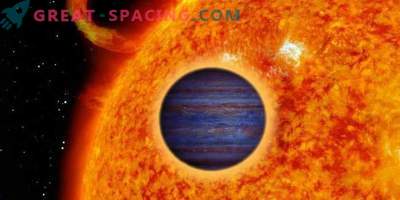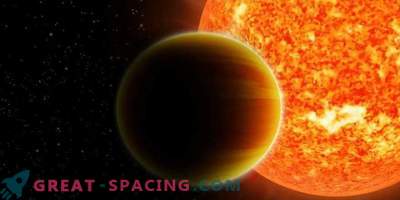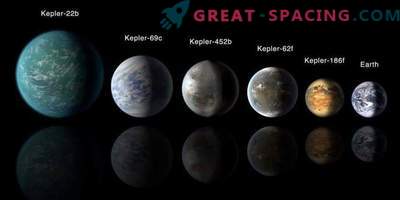
Mission K2 succeeded in fixing the new world of EPIC 246393474 b (C12_3474b), which is 5 times the Earth mass. Spends only 7 hours on the orbital period.
The Kepler telescope is still the most prolific search method for exoplanets. Now the list includes more than 2300 alien worlds. The K2 mission concentrates on finding super earths - planets that exceed the mass of the Earth, but do not reach the massiveness of gas giants. In September, they announced the discovery of three super-lands.
The planet EPIC 246393474 b revolves around a K7 V star. Its age is 740 Ma, and its mass and radius are 33% less solar. The survey helped to determine the transit signal on the star light curve. Later, the WIYN 3.5-meter telescope at Kit-Pick National Observatory confirmed its planetary character.

Light curve C12_3474. Stellar activity is considered as a quasiperiodic modulation. Transits are transmitted in the form of small dips. 5.3-day clearance is particularly visible
EPIC 246393474 b reaches 1.54 terrestrial radii, 5.3 times more massive, and its density indicator is 8.0 g / cm 3. The surface warms up to 2039 K. The composition contains iron (70%) and rocks. Of particular interest is the short orbital period. At a distance of 0.007 a from the star. e. the planet flies in 6.7 hours.
The close distance hints that the exoplanet has lost its atmospheric layer. But, to confirm this, it is necessary to take additional measurements.











































